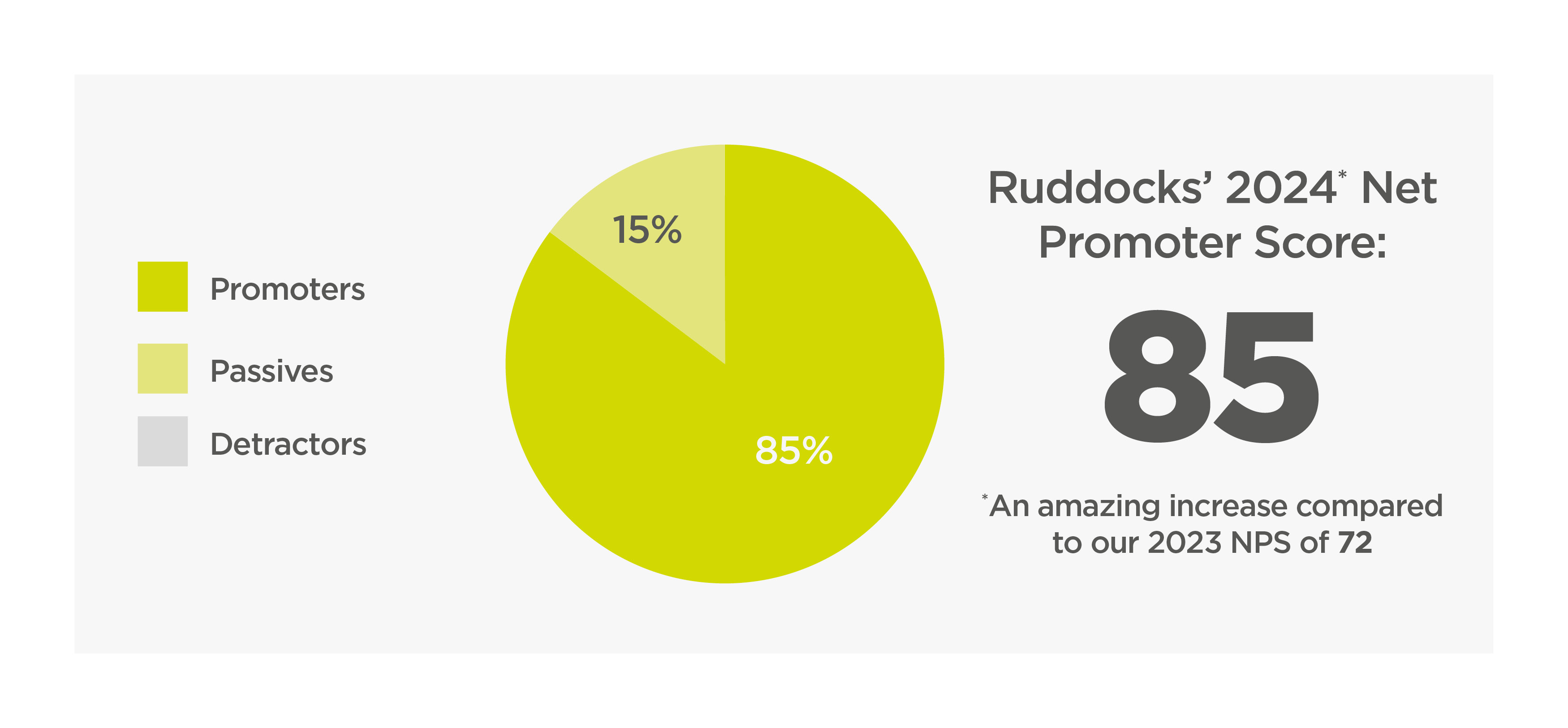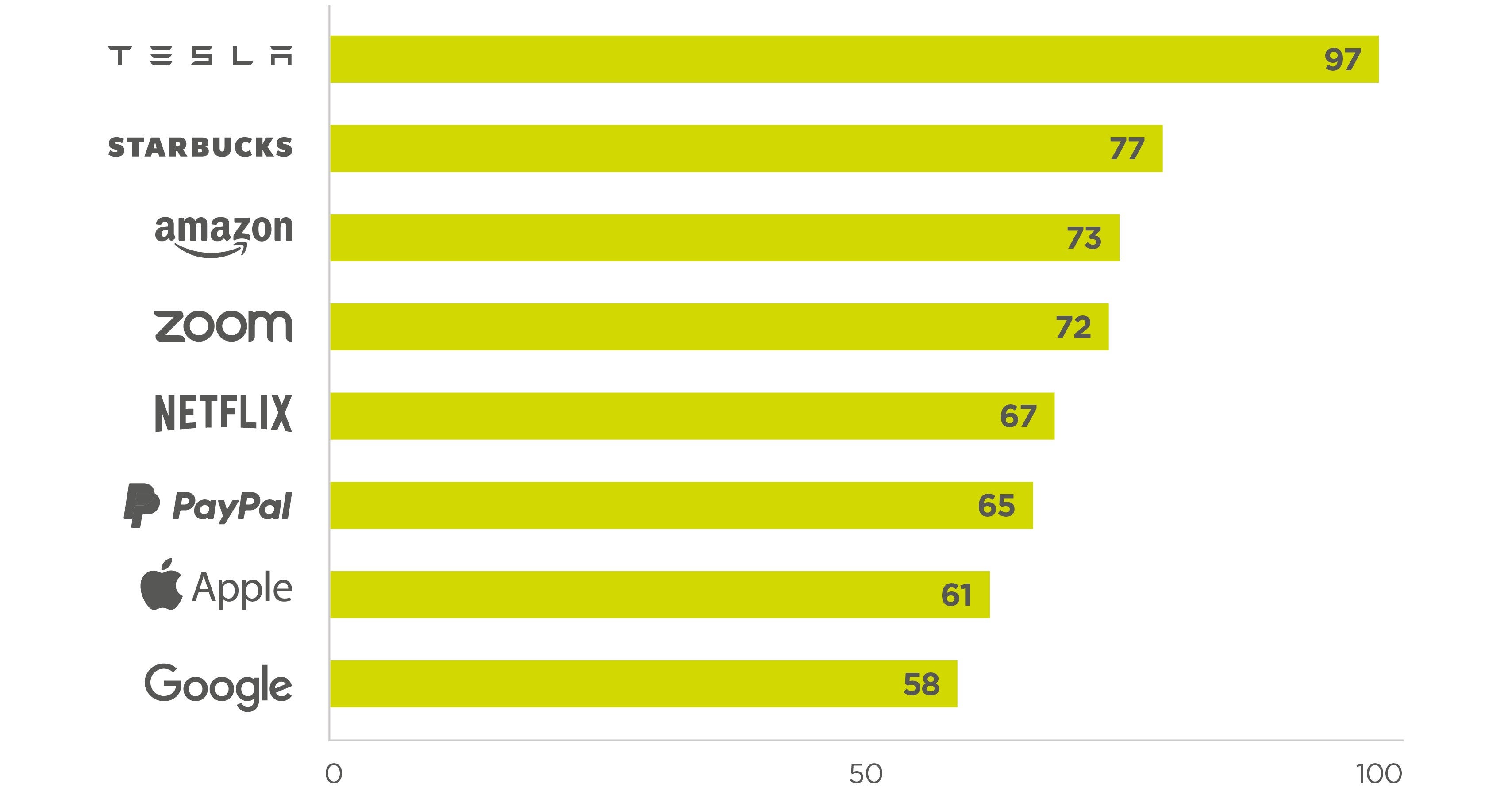Want to find out who your biggest fans are?
Have you ever wondered what your clients really think about you? Do you know if they would recommend you in a conversation with their colleagues or friends? Why is it even important?
It’s not just a vanity metric, positive word-of-mouth can play a key role in your success. Your advocates are an invaluable source of brand promotion and referrals can play a significant part in driving sales (and actually, require very little financial investment).
So how do you find out who your loyal supporters are?
Looking at your ‘Net Promoter Score’ (NPS) is a great way of measuring customer satisfaction and can give you meaningful insights about your customers’ willingness to promote your brand.
Collecting the data is straightforward in that you only need to ask two questions. This can be conducted as a quick questionnaire or as part of a larger customer survey you send out regularly.
What do you need to ask?
First of all, you would need a simple scale question that sounds something like this:
‘On a scale from 0-10, how likely are you to recommend our business to friends, colleagues, or business associates?’
Based on the selected number, the respondents are then placed in one of the following three categories:
Promoters (score 9 or 10): These are your biggest fans, and their positive feedback boosts your score. They’re also deemed the most likely to invest more and return to your brand, as well as refer more people.
Passives (score 7 or 8): These are considered to be moderately satisfied, however, they do not add anything to the final result.
Detractors (score 0 to 6): These customers are usually dissatisfied and have negatively impact your NPS.
The Net Promoter Score can range from -100 (mostly detractors) to 100 (all promoters). However, please bear in mind that the final result is not a percentage.
The second step consists of an open-ended question that asks for additional feedback, along the lines of:
‘Could you please tell us the main reason for your score?’
This is a fundamental part of the survey, allowing participants to give detailed explanations for their rating of you. In turn, this helps you gain valuable feedback and clearly understand your areas of improvement, or if there are any specific issues to address.
How to calculate your Net Promoter Score
Once you get all the results back, it’s time to analyse them!
First, you will need to calculate the percentages of promoters and respectively, detractors. Then, the formula for calculating your net promoter score is taking away the percentage of detractors from that of promoters:
NPS = % Promoters - % Detractors
For example, following our latest Annual Customer Survey, our data shows that the respondents consisted of 85% promoters, 15% passives, and 0% detractors. Using the formula above, we have calculated that Ruddocks’ NPS as of 2024 is 85. This is an incredible increase from our Net Promoter Score of 72 in 2023!.

Additional Insights
To better understand the reasons behind these selections, we also asked for additional feedback. Here are the themes that stood out:
✔️ Our staff and customer service – praising our friendly, helpful, and knowledgeable staff, and our clear communication
✔️ Our products and services – complimenting our wide range of high-quality products
✔️ Speed efficiency - appreciating our fast delivery times and quick responses, especially when working under tight deadline
✔️ Local business - choosing us as their preferred local business and treasuring our partnership
When you work with Ruddocks it feels like you're working with a family that care and support you, it's unlike any other agency I've worked with.
Now that you’ve got your score, what does it mean?...
If your Net Promoter Score is ‘good’ or ‘bad’ is relative and it largely depends on the industry you’re in. According to Salesforce, in many sectors, a score in the 30s or 40s is something to aspire to. The average score for department stores is 58, for airlines it’s 35, which in turn is higher than for internet service providers (2).
In general, a score above 50 is quite good, and anything over 70 is considered excellent!
For context, below are some examples of the most well-known brands’ NPS in 2023:

So, there’s everything you need to know about finding out your NPS. Still not sure how to do it all? You can leave it up to us!
Get in touch today and let us help you find out your Net Promoter Score.


